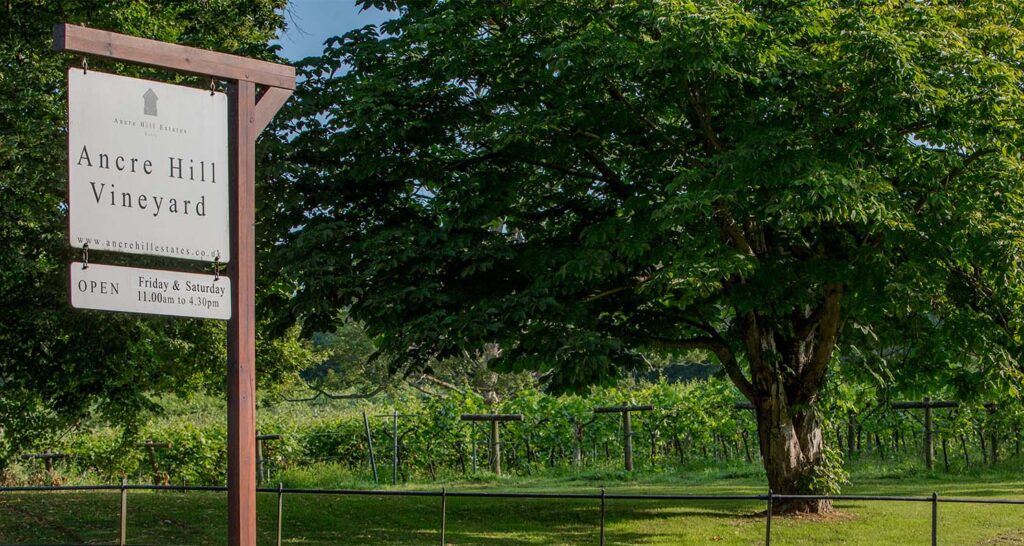Vineyards of Wales

Sparkling times ahead for the Welsh wine industry
IF asked to hazard a guess as to which region in the United Kingdom was home to the first commercial vineyard, the majority of wine drinkers may well guess the south east of England. However, they would not only have suggested the wrong region, but also the wrong country altogether! The actual answer is south Wales where, in 1875, Castell Coch was planted under the instruction of the Marquis of Bute.
Far from being the folly of an eccentric aristocrat, the initial three-acre planting grew to 13 acres over two separate sites and by 1893 was producing a respectable 12,000 bottles a year. The end came with the advent of the First World War which made sugar for fermentation impossible to come by.
Nowadays, there are approximately 30 Welsh vineyards continuing Castell Coch’s legacy, with a total of over 60 hectares under vine, equating to less than two per cent of the total for Great Britain, but rapidly expanding.
In almost direct contrast to the English wine industry, approximately 70% of the grapes grown in Wales are used to make still wine, with only 30% going to the production of sparkling.
However, in terms of quality, Welsh sparkling wine has a proven track record of competing on the international stage that belies its stature. For example, in 2012, Ancre Hill of Monmouthshire won the prestigious Bollicine del Mondo, when their 2008 sparkling white was voted the best sparkling wine in the world, while Gwinllan Conwy’s ‘Pefriog’ (Welsh for ‘sparkling’) white achieved a silver medal in the 2017 International Wine Challenge Awards.
Perhaps the single distinguishing feature of Welsh sparkling wines is the absence of a single distinguishing feature! While the majority of English sparkling wine comes from traditional varieties planted in the south east and east, with much being made of the similarity of the chalky soils to those found in the Champagne region, Welsh vineyards are spread more evenly across the whole of Wales (see regional guide below).
Reaching all four corners of Wales, these vineyards encompass a diverse range of soils and climates, each imparting a subtly different flavour. The range of grapes used across Wales also results in a unique drinking experience being presented by each vineyard. These include the traditional champagne varietals, as well as some lesser-known hybrids which thrive in cool climate regions.
Ancre Hill uses Chardonnay and Pinot Noir grapes, but also Triomphe, in its sparkling wine range. The sparkling rosé offering of Tintern Parva vineyard in the south east of the country is made from 100 per cent Pinot Noir, whereas their white sparkling, named ‘Dathliad’ (meaning ‘celebration’), which, in 2016, won best Welsh wine, is made from Seyval Blanc and Huxelrebe.
Velfrey Vineyard in Pembrokeshire will use Seyval Blanc and Pinot Noir for white and rosé sparkling wines, beginning with grapes from its first harvest taken in 2019. The award-winning Pefriog from Gwinllan Conwy on the north coast is made from the Solaris grape and aged for only a few months on the lees to preserve its crispness and exotic fruit notes.
Phoenix and Seyval Blanc make up the sparkling white wine of Whitecastle Vineyard, Monmouthshire, home of Robb Merchant, chairman of the Welsh Vineyards Association, while Carmarthenshire vineyard Jabajak uses Seyval Blanc and Phoenix tinted with Rondo for its Blush Sparkling.
Glyndwr, in the Vale of Glamorgan, uses Seyval Blanc and Triomphe d’Alsace, while the delightfully-named Sugarloaf Vineyard near Abergavenny also uses Seyval Blanc. Llaethliw, near Aberaeron in Ceredigion, west Wales, opts for Orion and Regent for it’s sparkling offerings, with their 2014 scooping the best white sparkling wine in Wales for 2019. The current cream of the crop, however, comes courtesy of Montgomery Vineyard whose 2017 sparkling rosé was crowned the best overall wine in Wales 2019.
Llanerch Vineyard, near Cardiff, not only makes some excellent wines, winning in both the white and rosé sparkling classes at the Welsh wine awards in 2018, but is also home to the UK’s first vineyard hotel.
Whilst still a fledgling region, particularly in relation to sparkling wine, there are clearly exciting times ahead for the Welsh wine industry.
Article by Vineyards of Wales

